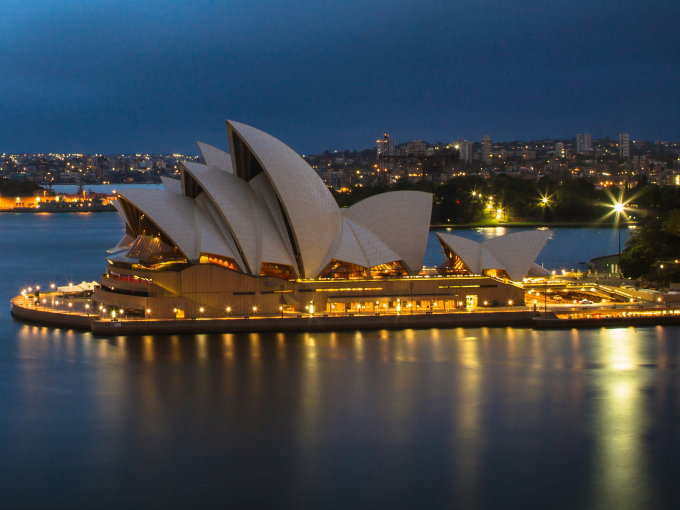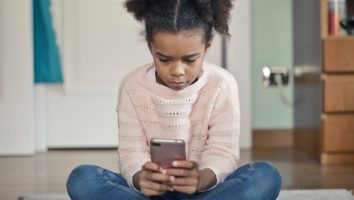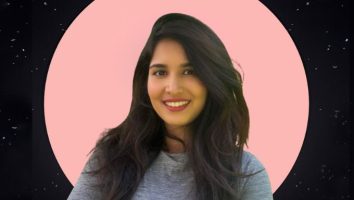Australia has reversed its position on letting under-16s use YouTube, deciding to include the massive platform on its list of social media outlets kids are banned from using.
Starting on December 10, all users younger than 16 years of age will be prohibited from accessing YouTube, along with Facebook, Instagram, Snapchat, TikTok and X, which were all previously flagged to be off-limits for Aussie children. If YouTube fails “to take responsible steps to prevent underage account holders onto their services,” it could be fined up to US$32 million (AUD$49.5 million).
If the ban is implemented, it could be devastating to local producers who rely on YouTube revenue from younger-skewing content that’s not presented in the YouTube Kids walled garden. It could also be a blow to international studios that already have a YouTube audience in the country, or are trying to build one.
YouTube Kids was not included in the ban because the government—and online safety regulator eSafety, which informed the decision—doesn’t consider it a social media platform, since users can’t upload videos or comment on them.
YouTube Kids is a curated environment with content for kids up to age 12. Creators who make content labeled as “made for kids” on YouTube can get their videos featured in this app by the YouTube algorithm. However, viewership on YouTube Kids is much lower than on regular YouTube, even among children. And perhaps most significantly for producers, advertising and its associated revenue is extremely limited on YouTube Kids.
Online media regulator eSafety Commissioner released new data this month about Australian kids’ social media usage, and one finding is that YouTube is the most popular social media platform among 10- to 15-year-olds. Most of this demo (76%) have used YouTube, putting it pretty far ahead of other platforms on the list, including TikTok (56%), Instagram (47%) and Snapchat (46%). Notably, YouTube Kids is at 44%.
This latest move by the government marks a total reversal of its November 2024 avowal that YouTube would be exempt from its age-restriction legislation. At the time, the government portrayed YouTube as a platform used “primarily for the purposes of education and health support”. Clearly, that view has changed.
The Australian government says the move to now include YouTube is all about protecting kids and families, according to a statement made by Prime Minister Anthony Albanese earlier today.
“Our government is making it clear—we stand on the side of families,” he said. “Social media has a social responsibility, and there is no doubt that Australian kids are being negatively impacted by online platforms, so I’m calling time on it. Social media is doing social harm to our children, and I want Australian parents to know that we have their backs.”
A YouTube spokesperson rejected the notion of being labeled as a social media platform, and called out Australia’s government for reversing its previous decision not to include YouTube in the ban. “We share the government’s goal of addressing and reducing online harms,” this company representative said in a statement yesterday. “Our position remains clear: YouTube is a video-sharing platform with a library of free, high-quality content, increasingly viewed on TV screens. It’s not social media. The government’s announcement today reverses a clear, public commitment to exclude YouTube from this ban. We will consider next steps and will continue to engage with the government.”
The new rules presented today note that online gaming, messaging apps and health & education services are not included in the ban. That’s “because they pose fewer social media harms to under-16s, or are regulated under different laws.”
“There is no one perfect solution when it comes to keeping young Australians safer online, but the social media minimum age will make a significantly positive difference to their wellbeing,” said Anika Wells, Australia’s minister for communications. “There’s a place for social media, but there’s not a place for predatory algorithms targeting children.”
Kidscreen is gauging the industry’s thoughts on Australia’s YouTube ban in a new poll. Tell us, is this a good idea? And can it be successfully implemented?
Image courtesy of Photoholgic via Unsplash

























